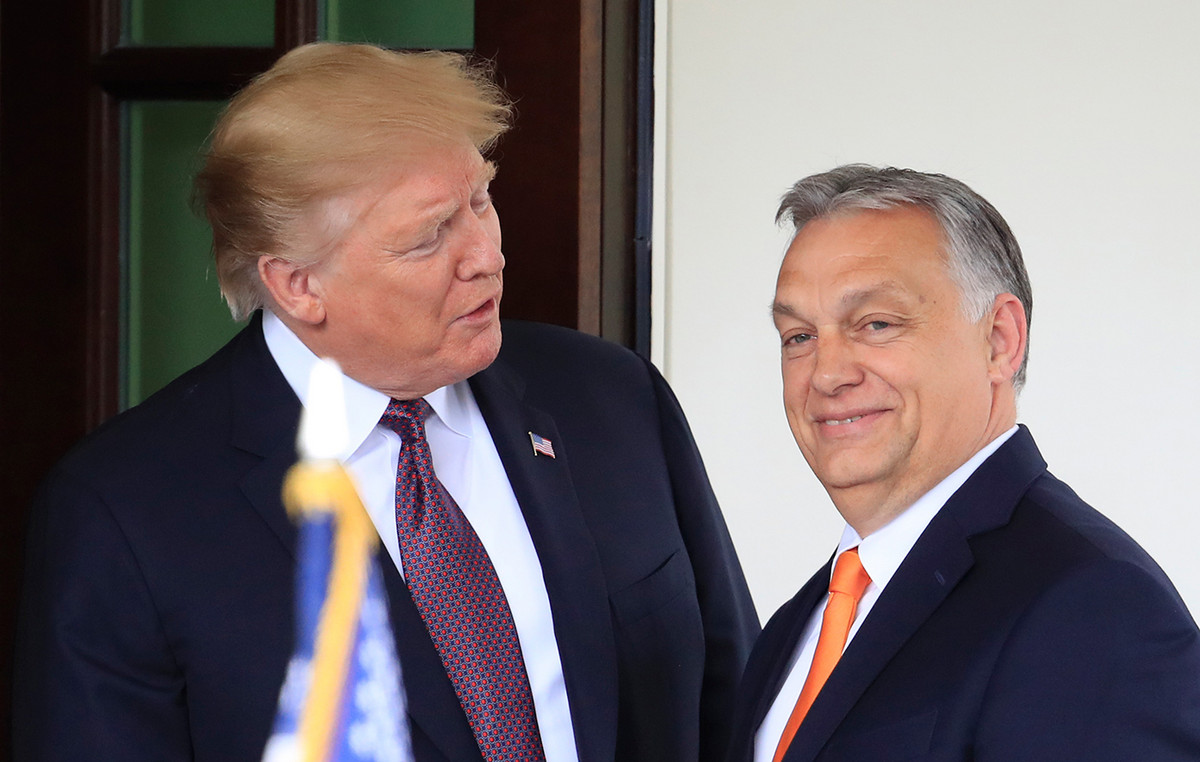- The WTI price moves down, around $ 60.90 in the first Asian session on Wednesday.
- The hope of advances in nuclear conversations between the US and Iran and a possible increase in the production of OPEC+ weigh on the price of WTI.
- Petroleum operators await the OPEC+ meeting on Saturday in search of a new impulse.
The West Texas Intermediate (WTI), the referent of American crude oil, is quoted around $ 60.90 during Wednesday’s Asian negotiation hours. The WTI price moves down in the midst of concerns about the offer after Iranian and American delegations advanced their nuclear conversations.
The president of the United States, Donald Trump, expressed his hope of advances in nuclear conversations with Iran after a fifth round of negotiations in Rome last week. Iranian Foreign Minister Abbas Araghchi said that the negotiations are too complicated to resolve in two or three meetings and that there was potential for advances in nuclear negotiations after Oman made several proposals. However, Trump said American negotiators made “real progress” during “very good” nuclear conversations with Iran during the weekend.
The operators will closely follow the developments around nuclear conversations between the US and Iran. If the negotiations between the two countries fail, this would limit the Iranian oil offer. However, any resolution sign could add Iranian supply to the market, which could drag the price of the WTI downward.
In addition, the expectations that the organization of oil exporting countries and its allies (OPEC+) decide to increase production at a meeting this week could contribute to the decrease of the WTI. The OPEC+ will decide the oil production levels of July on Saturday, earlier than planned.
The sources previously told Reuters that this will imply another 411,000 barrels per day of production during a third consecutive month. Russian Prime Minister Alexander Novak said OPEC+ has not yet discussed production in another 411,000 barrels per day before his meeting.
On the other hand, the decrease in fears on commercial tensions between the US and the European Union (EU) could provide some support for black gold before the OPEC+decision. Trump announced an extension on the deadline of 50% of tariffs to the European Union (EU) until July 9 after a telephone call with the president of the commission, Ursula von der Leyen.
WTI FAQS oil
WTI oil is a type of crude oil that is sold in international markets. WTI are the acronym of West Texas Intermediate, one of the three main types that include the Brent and Dubai’s crude. The WTI is also known as “light” and “sweet” by its relatively low gravity and sulfur content, respectively. It is considered high quality oil that is easily refined. It is obtained in the United States and is distributed through the Cushing Center, considered “the crossing of the world.” It is a reference for the oil market and the price of WTI is frequently traded in the media.
Like all assets, supply and demand are the main factors that determine the price of WTI oil. As such, global growth can be a driver of the increase in demand and vice versa in the case of weak global growth. Political instability, wars and sanctions can alter the offer and have an impact on prices. OPEC decisions, a group of large oil -producing countries, is another key price factor. The value of the US dollar influences the price of WTI crude oil, since oil is mainly traded in US dollars, so a weaker dollar can make oil more affordable and vice versa.
Weekly reports on oil inventories published by the American Petroleum Institute (API) and the Energy Information Agency (EIA) influence the price of WTI oil. Changes in inventories reflect the fluctuation of supply and demand. If the data show a decrease in inventories, it can indicate an increase in demand, which would raise the price of oil. An increase in inventories may reflect an increase in supply, which makes prices lower. The API report is published every Tuesday and that of the EIA the next day. Their results are usually similar, with a 1% difference between them 75% of the time. EIA data is considered more reliable, since it is a government agency.
The OPEC (Organization of Petroleum Exporting Countries) is a group of 13 nations oil producing that collectively decide the production quotas of member countries in biannual meetings. Their decisions usually influence WTI oil prices. When OPEC decides to reduce fees, it can restrict the supply and raise oil prices. When OPEC increases production, the opposite effect occurs. The OPEC+ is an expanded group that includes another ten non -members of the OPEC, among which Russia stands out.
Source: Fx Street
I am Joshua Winder, a senior-level journalist and editor at World Stock Market. I specialize in covering news related to the stock market and economic trends. With more than 8 years of experience in this field, I have become an expert in financial reporting.





